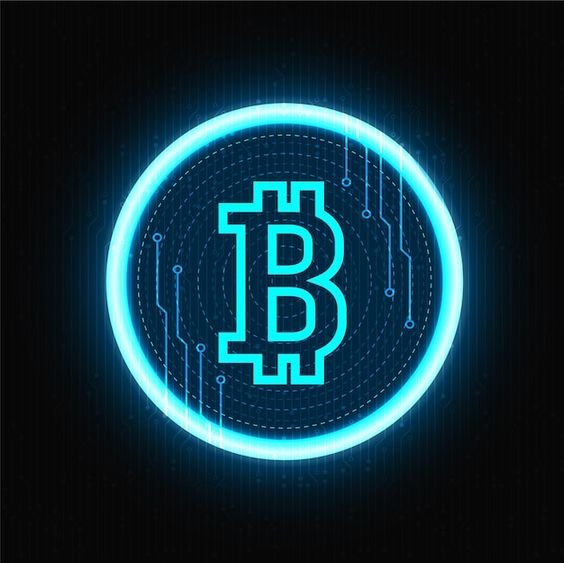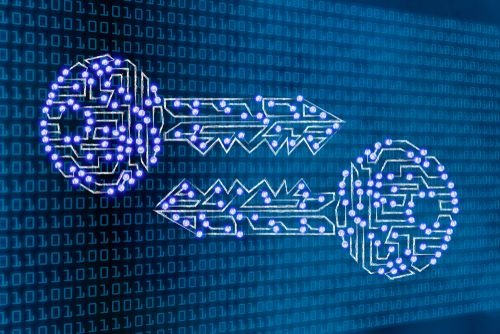
Non-Fungible Tokens (NFTs) have revolutionized the digital world by providing a way to represent ownership of unique digital assets on the blockchain. Unlike cryptocurrencies such as Bitcoin or Ethereum, which are fungible and interchangeable, NFTs are unique and cannot be exchanged on a one-to-one basis. This distinct property has opened up new possibilities for digital art, collectibles, gaming, and more. This article explores the rise of NFTs, their key characteristics, applications, and the challenges they present.
What Are NFTs?
NFTs are digital tokens that represent ownership of a unique item or piece of content. These tokens are stored on a blockchain, typically Ethereum, which provides a transparent and immutable record of ownership and provenance. The key characteristics of NFTs include:
Uniqueness
Each NFT is unique and has distinct properties that set it apart from other tokens. This uniqueness is often encoded in the metadata of the NFT, which can include details like the creator, the creation date, and a description of the asset.
Indivisibility
Unlike cryptocurrencies, NFTs cannot be divided into smaller units. They are bought, sold, and owned as whole units, which reflects their unique nature.
Provenance and Ownership
NFTs provide a clear record of ownership and provenance, which is essential for verifying the authenticity and origin of digital assets. The blockchain ledger ensures that ownership history cannot be tampered with or altered.
Interoperability
NFTs can be used across different platforms and applications. For example, an NFT created on one platform can be bought, sold, and displayed on another, provided they both support the same standards, such as ERC-721 or ERC-1155 on Ethereum.
The Growth of the NFT Market
The NFT market has experienced explosive growth, particularly since the beginning of 2021. This growth has been fueled by several factors, including increased interest in digital art, the rise of virtual worlds and gaming, and the growing recognition of NFTs as a legitimate form of ownership and investment.
Digital Art and Collectibles
NFTs have transformed the digital art market by allowing artists to tokenize their works and sell them directly to collectors. This eliminates the need for intermediaries like galleries and auction houses, giving artists more control over their work and revenue. High-profile NFT sales, such as Beeple’s “Everydays: The First 5000 Days,” which sold for $69.3 million, have brought significant attention to the space.
Gaming and Virtual Worlds
NFTs have also made a significant impact on the gaming industry. In blockchain-based games, NFTs can represent in-game assets such as characters, items, and land. Players can buy, sell, and trade these assets, creating a new economy within the game. Games like “Axie Infinity” and “Decentraland” have popularized this concept, attracting players and investors alike.
Music and Entertainment
Musicians and entertainers have embraced NFTs as a way to monetize their work and connect with fans. NFTs can represent digital music, concert tickets, exclusive content, and more. By issuing NFTs, artists can offer unique experiences and collectibles to their audience, often accompanied by exclusive perks or access.
Domain Names and Identity
NFTs are also used to represent ownership of digital assets like domain names and online identities. Blockchain-based domain name systems, such as Unstoppable Domains and ENS (Ethereum Name Service), allow users to register and manage domain names that are resistant to censorship and centralized control.
Challenges and Criticisms
While NFTs have brought about new opportunities and innovation, they also face several challenges and criticisms:
Environmental Concerns
The energy consumption of blockchain networks, particularly Ethereum, has raised concerns about the environmental impact of NFTs. The proof-of-work consensus mechanism used by Ethereum requires significant computational power, contributing to carbon emissions. The Ethereum network’s planned transition to proof-of-stake (Ethereum 2.0) aims to address these concerns by significantly reducing energy consumption.
Market Speculation and Volatility
The rapid rise of NFTs has led to market speculation, with some assets being sold for exorbitant prices. This speculative nature has raised concerns about the sustainability of the market and the potential for bubbles. The volatility of NFT prices can also pose risks for both creators and investors.
Intellectual Property and Copyright Issues
The tokenization of digital content has raised questions about intellectual property rights and copyright. In some cases, NFTs have been created and sold without the permission of the original creators, leading to disputes and legal challenges. Establishing clear guidelines and protections for creators is essential for the long-term success of the NFT market.
Accessibility and Inclusivity
The high transaction fees on the Ethereum network, known as gas fees, can make NFTs inaccessible to smaller creators and buyers. These fees can be prohibitively expensive, particularly during periods of high network congestion. Solutions such as layer 2 scaling and alternative blockchain platforms are being explored to address this issue.
The Future of NFTs
The future of NFTs holds significant potential for continued innovation and growth. As the technology matures and more use cases are developed, NFTs could play a crucial role in various industries, from art and entertainment to real estate and finance. The integration of NFTs with virtual and augmented reality technologies could also create new immersive experiences and digital environments.
The development of more energy-efficient blockchain networks and the adoption of sustainable practices will be critical for addressing environmental concerns. Additionally, the establishment of clear legal frameworks and protections for creators and consumers will be essential for ensuring the long-term viability of the NFT market.
Conclusion
The rise of non-fungible tokens has reshaped the digital landscape, offering new ways to own, trade, and interact with digital assets. While the NFT market faces challenges, including environmental concerns and market volatility, its potential for innovation and disruption cannot be overlooked. As the technology evolves and more people become aware of its possibilities, NFTs are likely to play an increasingly important role in the digital economy.








